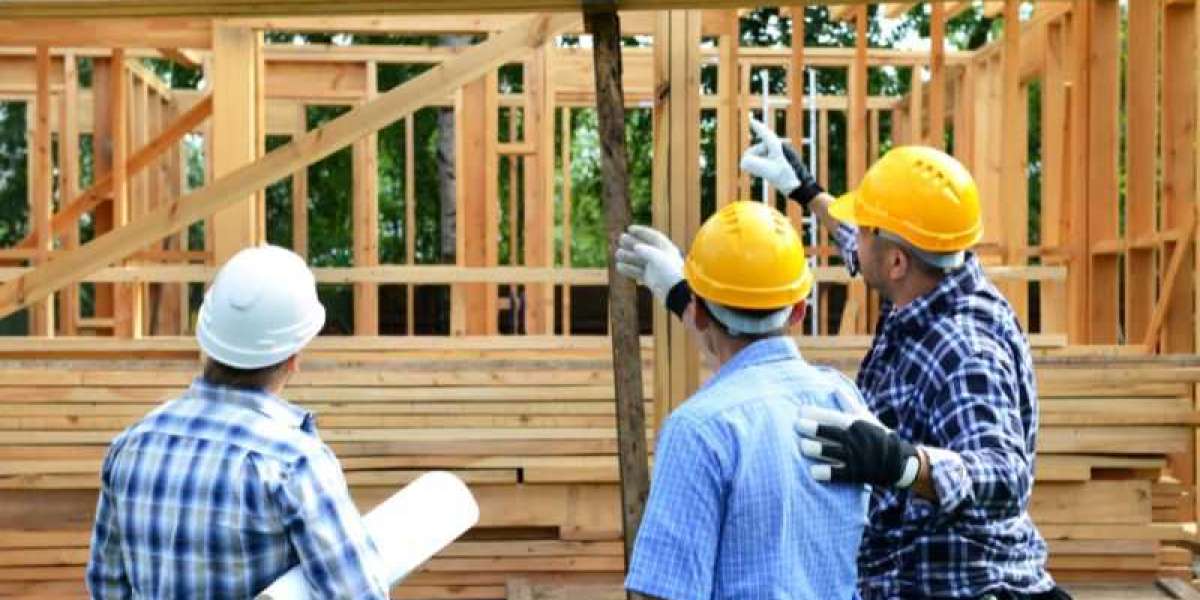When it comes to home construction, the journey from blueprint to final build is often filled with challenges. Whether you're a first-time homeowner or an experienced builder, being aware of common construction pitfalls can save you time, money, and stress. In this blog, we’ll discuss nine key construction pitfalls and offer practical solutions to help you avoid them.
Understanding the Risks of Home Construction Pitfalls
Home construction projects are complex, involving many stakeholders like contractors, architects, and engineers. With so many variables in play, it's easy for mistakes to occur, which can lead to costly delays and issues.
Common Home Construction Pitfalls and How to Avoid Them
1. Inadequate Planning and Budgeting
A lack of proper planning and budgeting is a major pitfall in home construction. Many homeowners underestimate the costs involved, leading to financial strain and project delays. According to the National Association of Home Builders (NAHB), over 30% of homeowners experience unexpected costs during the building process.
How to Avoid It:
- Create a detailed budget that includes permits, materials, labor, and potential unexpected costs.
- Set aside a contingency fund of 10-20% of your total budget for unforeseen expenses.
- Consult with professionals like architects and contractors to get accurate cost estimates and refine your plans.
2. Choosing the Wrong Contractor
Hiring the wrong contractor can lead to delays, poor workmanship, and budget overruns. The NAHB reports that 40% of homeowners encounter issues with contractors during construction.
How to Avoid It:
- Conduct thorough research, check online reviews, and interview multiple contractors.
- Verify the contractor's credentials to ensure they are licensed, insured, and bonded.
- Carefully review the contract to ensure it outlines the project scope, timelines, and payment schedules.
3. Ignoring Local Building Codes and Regulations
Failing to follow local building codes is a common mistake that can lead to fines, delays, and costly redesigns. The International Code Council (ICC) notes that 20% of construction delays are due to permitting and code compliance issues.
How to Avoid It:
- Familiarize yourself with your local building codes.
- Work with a contractor experienced in local regulations.
- Secure all necessary permits before starting construction.
4. Underestimating Timeframes
Misjudging the timeframe for a construction project often leads to frustration and higher costs. Many projects exceed their original time estimates due to various factors, like weather or supply chain issues.
How to Avoid It:
- Develop a realistic timeline with your contractor, accounting for potential delays.
- Be flexible and prepared to adjust your expectations if necessary.
- Maintain regular communication with your contractor to address any issues promptly.
5. Failing to Prioritize Quality Materials
Cutting corners by using low-quality materials may save money upfront but can lead to problems down the road. Homeowners who invest in quality materials typically recoup up to 80% of their investment during resale, according to Remodeling Magazine.
How to Avoid It:
- Invest in durable, high-quality materials that will last longer and require fewer repairs.
- Research material options to make informed decisions.
- Seek recommendations from professionals on the best materials for your home.
6. Not Planning for the Future
Many homeowners focus solely on their current needs, overlooking future requirements like additional space or accessibility features. According to a survey by the American Institute of Architects, 45% of homeowners wish they had planned for future growth.
How to Avoid It:
- Think long-term by considering your family’s future needs.
- Design flexible spaces that can be adapted for different purposes over time.
- Consult an architect to help create a design that can accommodate future changes.
7. Overlooking Environmental Considerations
Ignoring sustainability in home construction can lead to higher energy costs and a negative environmental impact. Green homes can save up to 30% on energy bills, according to the U.S. Green Building Council.
How to Avoid It:
- Invest in energy-efficient appliances to reduce your home’s energy consumption.
- Consider renewable energy sources like solar panels to offset utility costs.
- Work with professionals who specialize in sustainable construction practices.
8. Poor Communication Among Stakeholders
Miscommunication between homeowners, contractors, and suppliers is a leading cause of delays and cost overruns. A survey by the Project Management Institute found that ineffective communication affects 56% of construction projects.
How to Avoid It:
- Establish clear lines of communication with your contractor and other stakeholders.
- Document all communications and agreements to ensure everyone is on the same page.
- Hold regular meetings to address concerns and keep the project on track.
9. Neglecting to Inspect Work Regularly
Some homeowners take a hands-off approach, which can lead to missed issues and costly fixes later. Regular inspections help catch problems early, before they become major issues.
How to Avoid It:
- Visit the construction site regularly to observe progress and ask questions.
- Consider hiring an independent inspector to evaluate the work objectively.
- If you notice any issues, address them with your contractor immediately to avoid delays.
Conclusion
Building a home can be challenging, but by understanding and avoiding these common pitfalls, you can significantly improve the outcome of your project. Proper planning, communication, and attention to detail will help ensure your home construction process runs smoothly. Whether you're building a new home or renovating, staying informed and proactive will set you up for success.
FAQs
What is the biggest problem in construction?
The biggest problem in construction is poor communication among stakeholders, which often leads to delays and budget overruns. Establishing clear communication channels is key to avoiding these issues.
What are the challenges of construction today?
Some of the main challenges in construction today include labor shortages, rising material costs, and increasing regulations. Additionally, there is pressure to adopt sustainable practices and integrate new technologies into the construction process.







